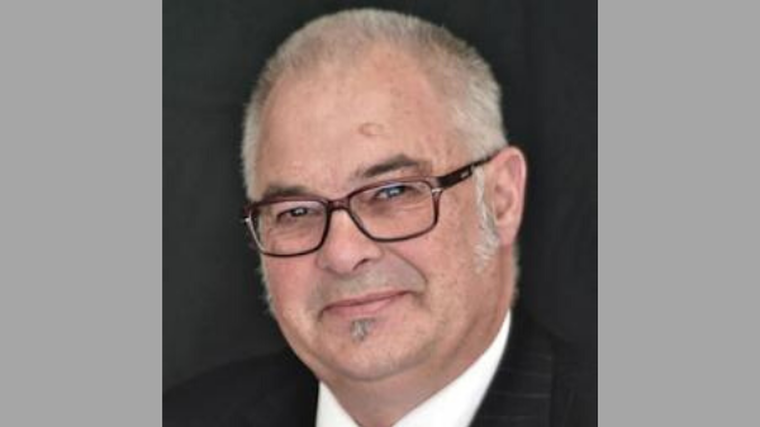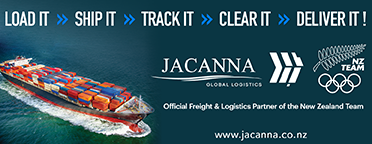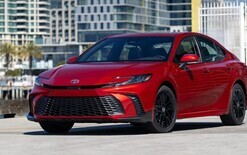Port decision vital in next decade

The boss of the Motor Industry Association (MIA) says planning decisions on the future of our ports need to be taken within the next decade if they are to keep up with predicted freight levels.
Chief executive David Crawford’s comments come as debate continues over proposals to move Ports of Auckland’s freight operations to another site.
A number of alternative options have been touted, including a relocation to Northport in Northland or building a new port at Manukau Harbour in south Auckland.
It will be up to the government to select a preferred spot with Ports of Auckland Ltd (POAL) predicted to have 30 years of capacity left before significant expansion is needed.
The MIA and other lead organisations in the automotive industry oppose a shift to Northport, which was torpedoed in a report commissioned by the government.
The Sapere Research Group was asked by the Ministry of Transport (MoT) to independently review the recommendation of Northport by the Upper North Island Supply Chain Strategy (UNISCS).
After a cost-benefit analysis, Sapere dismissed the Northport plans and recommended a port in Manukau as the best option. It also considered the Firth of Thames, Port of Tauranga, and Northport and Tauranga sharing the load.
Crawford, pictured, welcomed the economic consultancy’s study, which is based on predicted freight levels over the next 60 years, while UNISCS only considered the next three decades.
“I think the Sapere report has got the timeline pretty well spot on,” he explains.
“There’s capacity in Auckland for 30 years before it needs a major expansion, and it will take 15 to 20 years to get through the planning consent and building infrastructure for wherever new or shared facilities are. We have got to make our planning decisions in the next five to 10 years.
“I think looking across 60 years is the right approach. The longer the time horizon you can estimate over, the better key decision making is.
“I was pleasantly surprised by this [Sapere] report’s findings, its methodology and the way it reviewed the original report. It’s a very good piece of analysis.”
Safety concerns
Crawford adds from a logistical point of view it makes sense to retain the main freight operations in the Auckland area.
He says moving to Manukau would mean little change for the motor-vehicle industry because most of the supply chain is already Auckland-centric and it would be closer to where some of the inland storage areas are.
“Logistically, it’s an ideal location if they could make it work safely as a port from a shipping perspective,” he notes.
“The starting point for the port is for it to stay in the Auckland region, we do not see any justification for it to leave Auckland.
“Any other option, such as looking at Northport, would have to have very clear justifications and benefits because if not then it will simply increase the costs of importing vehicles and those costs will get passed onto customers.
“If you move the port operations outside of the Auckland area, a significant number of vehicles will still have to be shifted back there at some stage of the supply chain.”
His main concerns about vehicle imports shifting to south Auckland are based on the nine years he spent working in maritime safety.
“There are issues with Manukau Harbour and not just around dredging. There are the west coast’s conditions and propensity for significant swell events and when they occur it makes it difficult to come in through the heads.
“I would be concerned if they were plugging for Manukau to be the only solution. It’s technically possible, but we would need some big sea walls to ameliorate the conditions sufficiently.
“I’m not the only one who shares concerns about the swell and the bar at the harbour entrance. We’re not ruling out Manukau, but I would raise questions about the risk threat and problems for ships coming in and out of that bar harbour.”
Strategic reform
The government is waiting on the completion of policy analysis, which has been delayed as officials focus on matters arising from Covid-19, before making any decision on the future of POAL.
Crawford says the ongoing discussions may be the ideal time to look at the overall provision of maritime services around the country.
“My personal view – and not the MIA’s – is that there’s a structural issue with ports in New Zealand,” he explains.
“They are all independent and it can be hard to get an NZ Inc perspective on how things can work in the best interests of the country.
“It makes me wonder whether there needs to be some reform of ports. From a strategic point of view, Auckland and Tauranga should arguably combine and manage their development more strategically for the sake of New Zealand.
“Half of the population lives above the line from Tauranga to Hamilton and that’s where the bulk of products need to go.
“If we can’t make things work on an individual port basis perhaps, from a national point of view, we need structural reform of our ports.”
To read more about the response to the Sapere report, click here.





